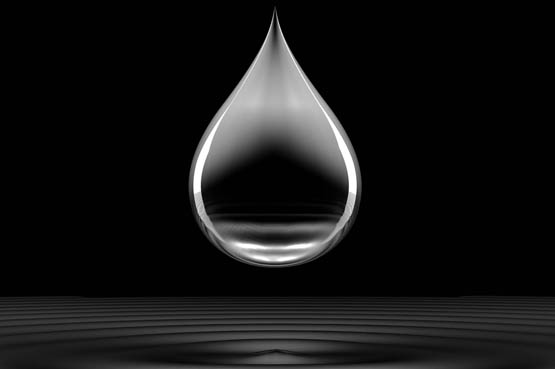Leak Detection and Water Monitoring
Water and oil leaks in the wrong places causes, downtime, disruption and costly damage.
Water leaks from services and central heating piping systems, air conditioning units and oil leaks in tank rooms are common.
Where leaks can impact critical office areas such as comms and computer rooms, HVAC equipment, storage and archive areas, basements and even in museums and historic buildings, use of a distributed leak detection system (sensor cable) minimises the risk of damage.
Installation of small but durable and rugged modular sensing cables to the sub floor areas, strategically located drip trays and / or following specific pipe routes in critical locations provides a cost effective and flexible system which in conjunction with microprocessor based alarm and locating modules enables leaks to be detected and accurately located immediately.

Depending on size and complexity of the system, pin point location (within 1m), zonal or simple main detection can be employed.
For smaller applications, strategic use of point sensors wired to a simple alarm panel can be utilized.
Benefits:-
- Accurate location of water leaks, oil and other aqueous chemicals
- Flexible and adaptable to suit all budgets
- Prevention of damage to operating systems and infrastructure
- Minimises business disruption and repair
- Safety of personnel
- Easy interface with BMS or main building alarm systems
- Approved and time proven products
GAS LEAK DETECTION
To conform with BREEAM 2011 requirements, a refrigerant gas leak detection system can be installed. Single or multi-point sensors are utilised to continuously monitor the atmosphere around refrigeration equipment.
Aspirated and non-Aspirated systems are offered, detecting a range of gasses, such as but not limited to: HCFC’s, HFC’s, Ammonia, VOC’s and CO2.
WATER SUPPLY MONITORING
Monitoring of main incoming water supply into buildings can be used as a method to insure excessive water wastage is avoided.
Compliant to BREEAM (BRE Environmental Assessment Method) standard, isolation of water supply to WC’s for example can be achieved by the installation of a PIR sensor and water solenoid valve system introduced at point of entry.
